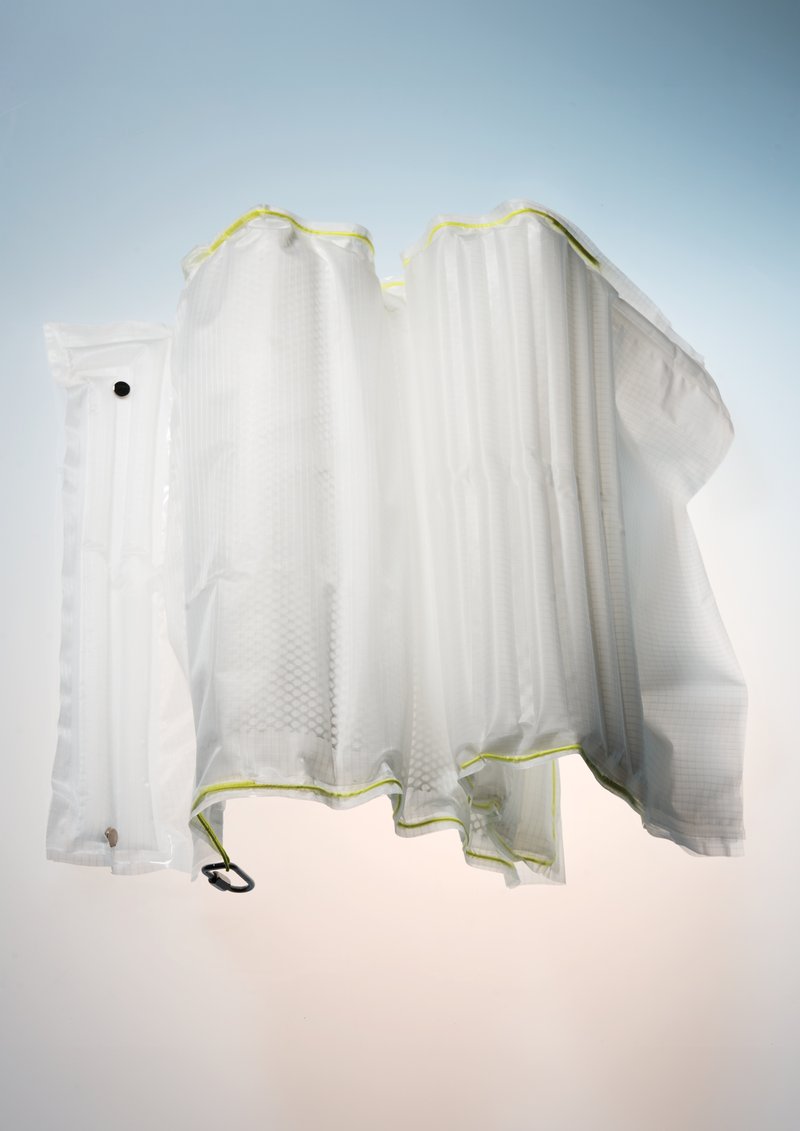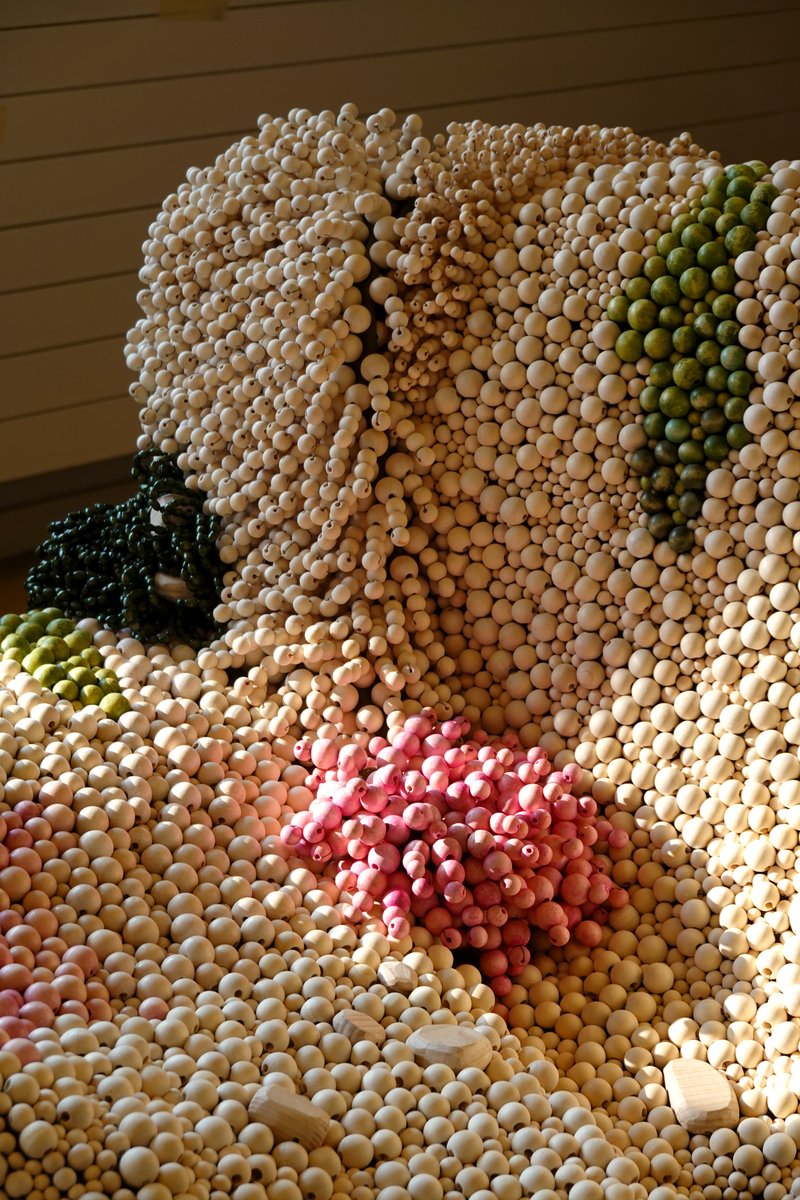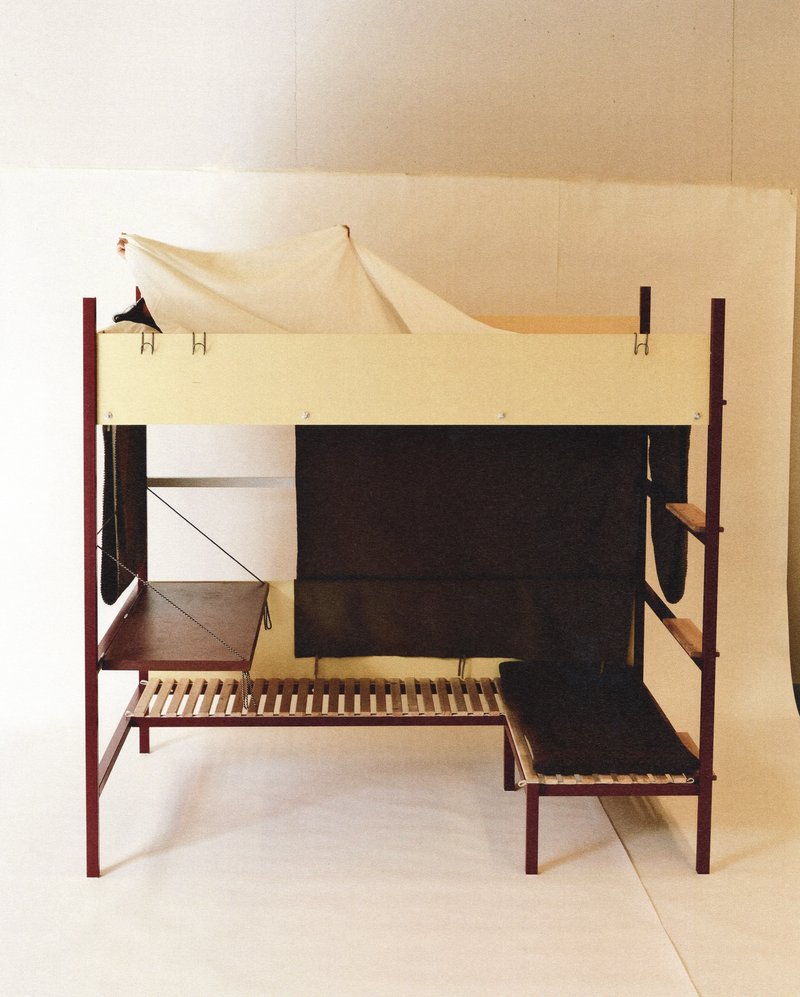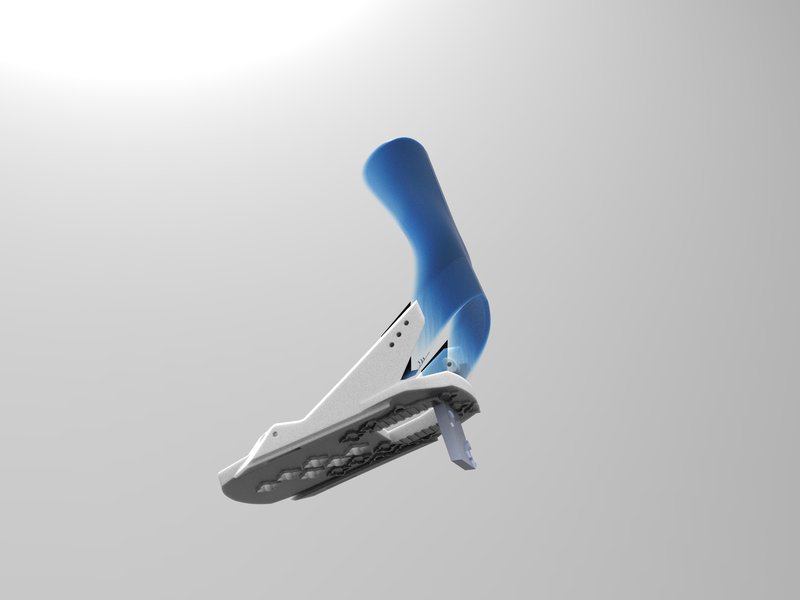The Swiss technology company Punkt. invites three leading schools (Design Academy Eindhoven, ECAL, Royal College of Art) to design an e-bike, which expresses the brand’s philosophy of “taming technology”. ECAL Master Product Design students present e-CAL 1020, a plug-and-play electrical engine, which transforms your personal bicycle into an e-bike.
The Punkt. Urban Mobility Project is an educational collaboration between Punkt. and three leading design schools: ECAL (Lausanne), RCA (London) and Design Academy (Eindhoven). The brief: create a personal transportation product that innovates in both style and function, specific to the needs and opportunities found in the cities where the students are studying.
Travelling in Lausanne means short distances but steep hills. This retro-fit motor harvests downhill braking energy that would otherwise be wasted as heat, and stores it ready to send back to the wheel the moment it is needed.
Under the guidance of Thilo Alex Brunner, Head of the programme, ECAL Master Product Design students created e-CAL 1020, a plug and play electrical engine which transforms your bicycle into an e-bike. It is solely recharged by human effort using a generator similar to KERS (Kinetic Energy Recovery System), a technology used in Formula 1.







